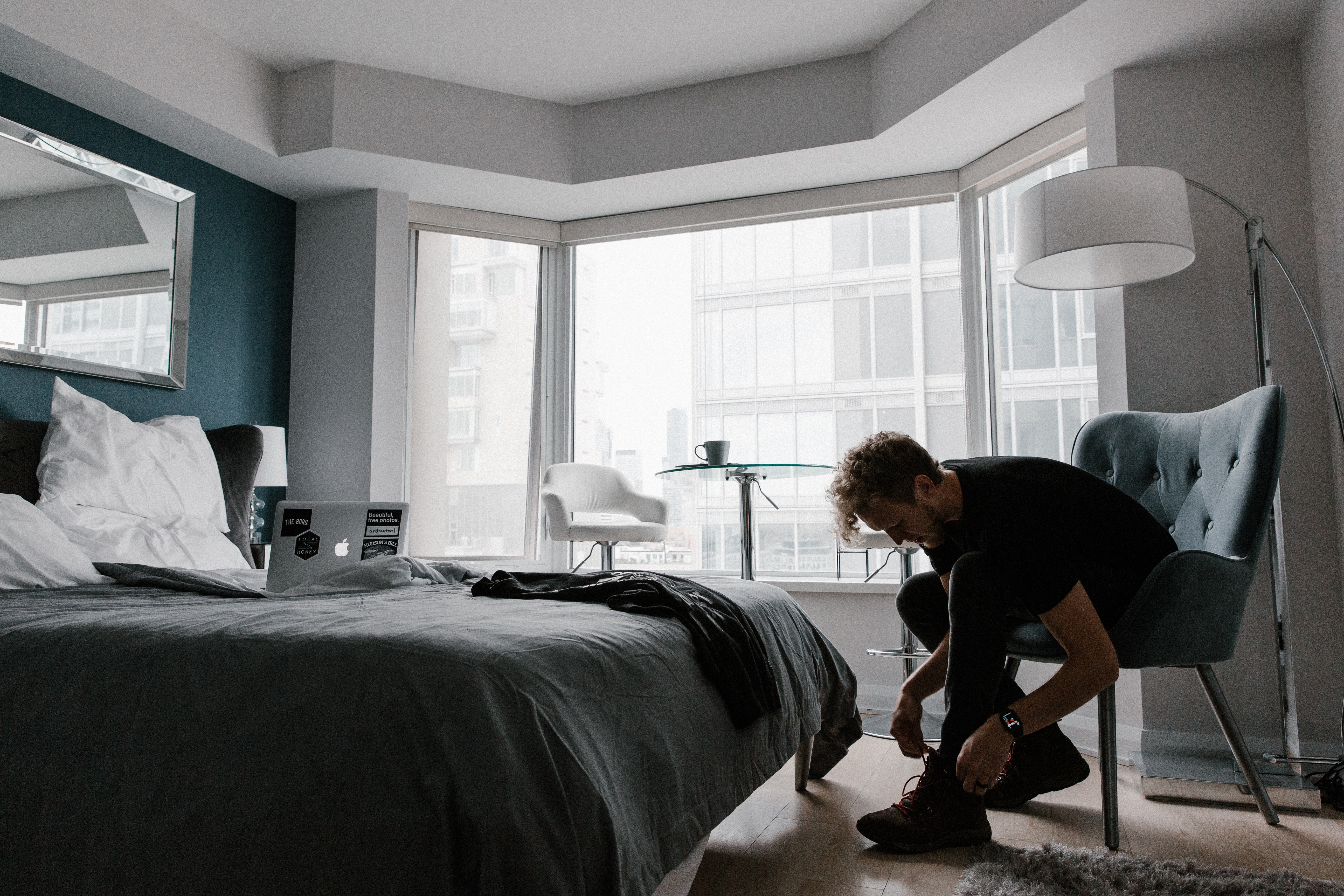Routines. Everyone talks about them, everyone goes gaga over them, everyone promises to follow them. And a few days or weeks in, most people falter, fall behind and eventually drop out. It’s one of the circles of life – and for a lot of us, it’s a circle we can’t break out of.
Now you’ll find a lot of motivational material online about following a routine is just a matter of sticking to it. Getting up each day and following those steps no matter what. But here’s a truth people often overlook – not all of us can do the same things within the same timeframes day in and day out. It’s not just about ability – it’s about life. Some days you have a huge load of laundry and some days it’s just a few T-shirts. Some days you’re on fire and can write for two hours, other days you can barely complete one paragraph. By restricting ourselves to a rigid, time-bound routine, we are far likelier to falter and feel guilty and give up on the routine altogether.
I’ve struggled with following routines for years. I kept making new ones and failing to maintain them after a week or so, and it got to a point where I hated even waking up in the morning because I knew it would be just another unproductive day. But for 2020, I decided to try something new – the flexi-routine. And it’s worked really well for me so far.
A flexi-routine is exactly what it sounds like – a routine that has plenty of wiggle room. That might sound contradictory, but it’s not. It’s actually a great way for people who have trouble following strict schedules to bring some structure into their lives. Here’s the process I’ve followed to build my flexi-routine – it’s simple, practical and will help you accomplish a ton of things on a daily basis without feeling like a yoke on your back.
Create mini routines for different parts of your day.
Sort the habits and activities you want to repeat every day into multiple mini routines. For instance, I have a designated night routine and a morning routine, which involve things like skincare, drinking water, journalling and freewriting. I also have an “activity routine” of things I want to do every day such as post on LinkedIn and work on my doodling. Go as granular as you can when making these lists – the smaller the task is, the easier you can complete it and the sooner you can move on to the next task.
Create daily checklists of things you need to do.
Apart from your mini routines, you’ll usually have a task list for each specific day. Make a checklist of these first thing in the morning or the night before. Again, be as granular here as possible – instead of “answer emails”, put “send resume to ABC company” and “respond to Jenna’s calendar invite” as separate items. Put your household chores or personal tasks here too.
Check off each item as and when you complete it.
This is the most important part. Whenever you complete something on any of your lists, be it the tasks of the day or your mini routine, check it off. And yes, that really means whenever. Did your journalling at night instead of in the morning? No problem. Took an extra half-hour to do the laundry? No problem. You did it, and that’s what matters! While certain tasks might be time-specific (such as lemon water first thing in the morning), you can technically do the rest whenever you like. So while you should, of course, try to do everything during the time allotted for it, you shouldn’t feel bad about doing it later or earlier.
Use a daily habit tracker for the items on your routines.
Don’t worry about buying a fancy planner or having to work on an elaborate bullet journal. A plain old daily tracker with boxes for each day and each habit works just fine. Cross off each task on your routines as you complete them and watch the boxes fill up as the days pass. The more boxes you fill, the greater the sense of accomplishment you’ll feel and the more you’ll be motivated to keep up your habits!
Give yourself leeway on the weekends.
Weekends are when most of us catch up on all the chores, phone calls, date nights and gaming sessions that we can’t do much of during the week. So be kind to yourself and keep fewer tasks for the weekends. While you should try not to give up entirely on your routines (it’ll be much harder to slip back into them on Monday), you could modify them to be even more flexible. For instance, you could skip your afternoon routine and just do the morning and night ones instead. Or you could skip certain tasks, such as the early-morning jog or the daily cold pitching. Basically, you should allow for fun activities on the weekends while still retaining some basic structure during your day. That way you won’t feel like you’re missing out on the good times, but you’ll also avoid slipping out of your routine altogether.


